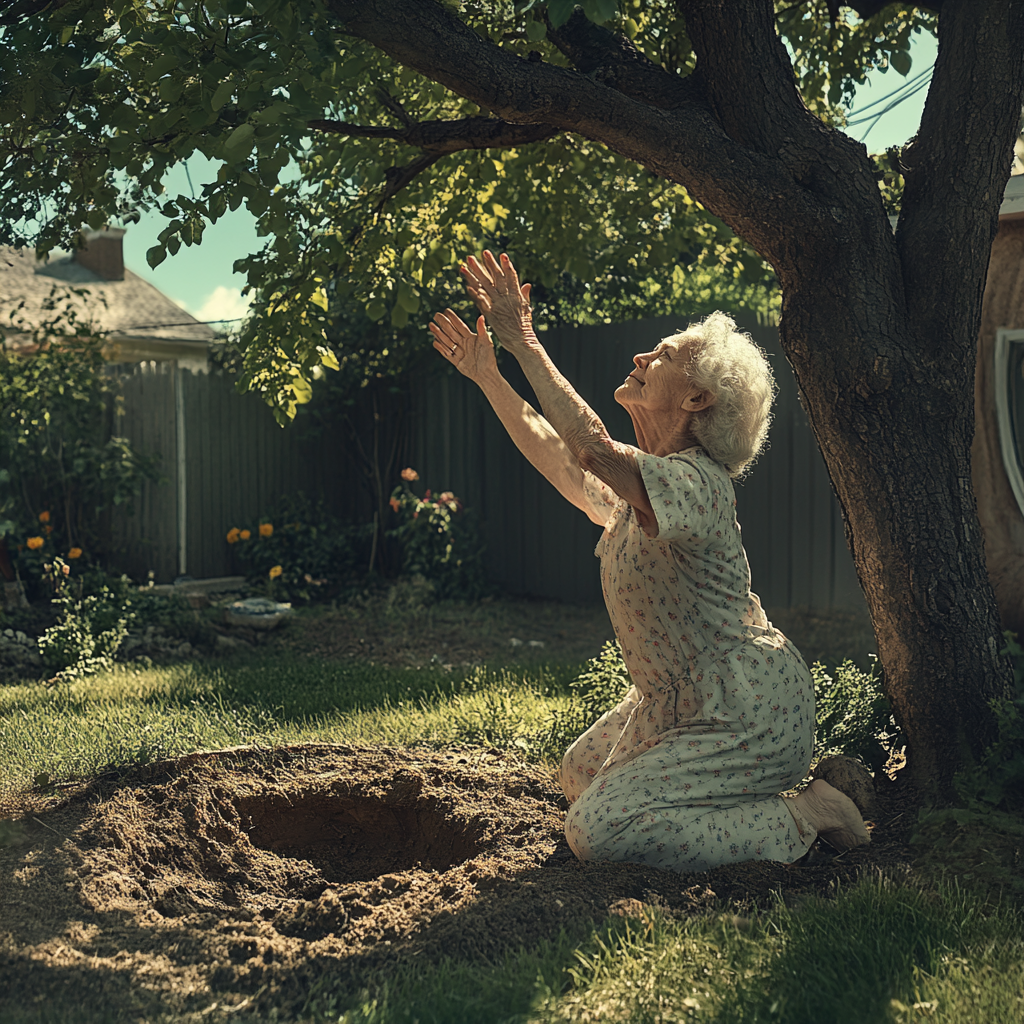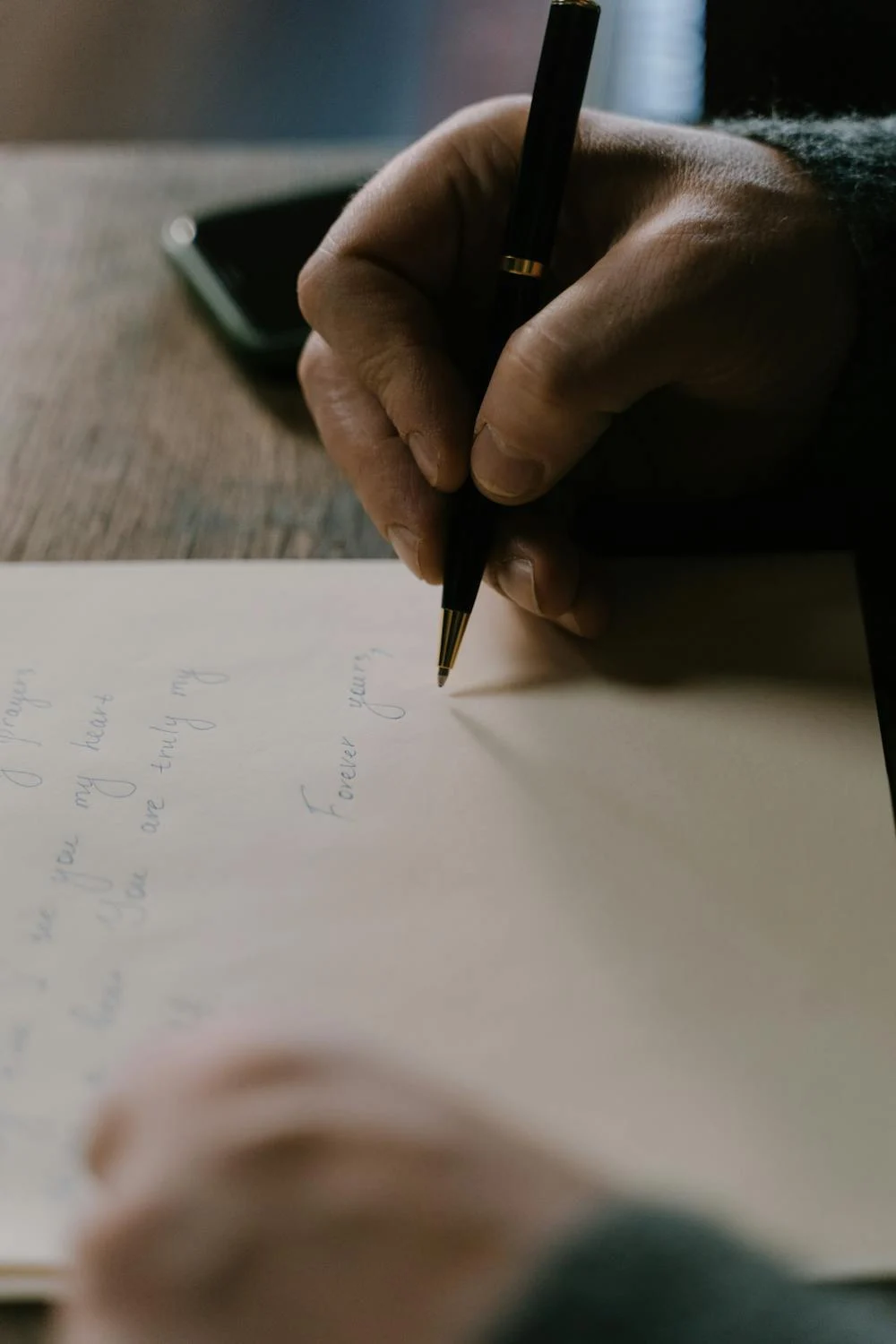
The quest for the perfect watermelon is a summer tradition, synonymous with the pursuit of the sweetest, juiciest fruit to grace picnics and gatherings. This guide distills the essence of selecting a watermelon that promises to be both ripe and sweet, ensuring your summer days are filled with the refreshing taste of this beloved fruit.
Understanding Watermelon Ripeness
The journey to finding the perfect watermelon begins with an examination of the stem. A brown stem signifies a watermelon that ripened naturally on the vine, absorbing the sun’s warmth and the soil’s nutrients until it reached peak maturity. In contrast, a green stem indicates a premature pick, where the fruit was plucked before its time, leaving its potential sweetness untapped.
The Significance of the Yellow Spot
A key indicator of a watermelon’s ripeness is the presence of a yellow spot. This spot, often found on the belly of the fruit, tells a story of the watermelon’s time basking in the sun. A pronounced yellow spot is a testament to the watermelon’s adequate sun exposure, contributing to its ripeness. A faint white spot, or the absence of one, suggests a lack of sunbathing, leading to a less ripe fruit.

Assessing Firmness and Sound
The texture and sound of a watermelon provide critical clues to its internal state. Gently pressing on the watermelon should reveal a slight give, indicating ripeness. A watermelon that feels too hard and unyielding suggests it is underripe. Moreover, the sound a watermelon makes when tapped can reveal its water content—a hollow sound signifies a fruit bursting with water, while a dull sound may indicate a lack of juiciness.
Putting Theory into Practice
With these insights, the pursuit of the perfect watermelon becomes an informed search for specific traits: a brown stem, a prominent yellow spot, a slight give upon pressing, and a hollow sound when tapped. These indicators, when present together, promise a watermelon that is not only ripe but also abundantly sweet and juicy.
Upon bringing your selected watermelon home, the moment of truth arrives as you cut into the fruit. A ripe watermelon will reveal a deep red flesh, an indicator of its concentrated sweetness. The texture will be crisp, yet tender, filled with succulent juices that confirm its ripe status. The taste test is the final verification, where the sweetness of the watermelon fulfills the promise of a meticulously selected fruit.

Enjoying the Fruits of Your Labor
Selecting the perfect watermelon is an art form that combines observation, touch, and sound. The reward for this careful selection process is a watermelon that enhances summer meals and gatherings with its optimal sweetness and hydration. Whether enjoyed in slices, cubes, or as part of a refreshing salad, the perfect watermelon stands as a testament to the joy of summer eating.
The journey to finding the perfect watermelon is marked by attention to detail and an appreciation for the subtle cues nature provides. By following these guidelines, you can elevate your watermelon selection process, ensuring that each fruit you bring home meets the criteria for ripeness and sweetness. Embrace the challenge, and let the quest for the perfect watermelon become a cherished summer ritual.
I Saw My Neighbor Faint While Digging in Her Yard — I Gasped as I Looked into the Hole She Dug

When my 67-year-old neighbor, Mrs. Cartwright, collapsed while frantically digging in her yard, I rushed to help. I wasn’t prepared to uncover a buried wooden box that changed everything.
The sun bathed my quiet street in golden light as I folded laundry by the window. Across the way, Mrs. Cartwright, my elderly neighbor, was in her yard.

A woman folding laundry | Source: Freepik
She was a petite woman, always wearing neat cardigans and a kind smile. Even at sixty-seven, she had a certain energy, though I knew her health was touchy.
Today, she wasn’t her usual composed self. She was digging. Hard. Her frail arms jabbed a spade into the dirt, sweat staining her blouse. It didn’t look right.
I opened my window and called, “Mrs. Cartwright! Are you okay?”

A concerned woman looking out of the window | Source: Freepik
She didn’t look up, just kept at it like she didn’t hear me.
“Do you need help?” I tried again, louder.
Still no answer.
I watched her, uneasy. Maybe she was fine? I started to pull the window shut when she suddenly stopped, dropped the spade, and threw up her hands.

An elderly woman and a newly dug hole | Source: Midjourney
“Finally!” she cried out. Then, like a puppet with its strings cut, she crumpled to the ground.
“Mrs. Cartwright!” My voice cracked. I bolted out the door, sprinting to her yard.
Her thin body lay sprawled by the hole, one hand resting on the edge. I shook her shoulder gently.
She didn’t move.

An unconscious woman lying on the grass | Source: Midjourney
My heart pounded as I checked her pulse. It was faint but there. Thank God. I leaned in closer, listening for her breath. Slow and shallow, but steady. Relief washed over me.
“Okay, hang on,” I murmured, unsure if she could hear.
While adjusting her head for better airflow, something caught my eye. In the hole she’d been digging, something wooden peeked through the dirt. A box?

A small wooden box | Source: Pexels
I hesitated. Helping her was the priority. But the box glinted faintly, pulling my focus like a magnet.
“What were you looking for?” I whispered, glancing between her and the hole. My curiosity got the better of me. I reached into the dirt and tugged at the box. It came loose with surprising ease.
The wood was weathered but intact, and the lid creaked as I lifted it. Inside were bundles of letters tied with faded twine. Next to them lay yellowed photographs and a sealed envelope.

A wooden box with letters | Source: Midjourney
“What…?” My voice trailed off as I pulled out one of the photographs. It showed a young Mrs. Cartwright, smiling beside a man in uniform. Her husband?
I stared, stunned. The letters looked so old, yet they were preserved remarkably well. What kind of story was hidden here?
As I pieced through the contents, a faint groan startled me.

A woman looking through the contents of the box | Source: Midjourney
“Mrs. Cartwright?” I asked, dropping the photograph. Her eyelids fluttered.
“Mm… where…?” Her voice was raspy.
“You collapsed,” I said softly, kneeling closer. “Just stay still. I’ll call for help.”
“No!” Her hand shot up, gripping my arm with surprising strength. “The box. Is it—” She coughed, struggling to sit up.

An unconscious woman in her backyard | Source: Midjourney
“It’s here,” I said, pointing. “But you need to rest. Please.”
She ignored me, eyes wide as she reached for the box. “Let me see.”
Reluctantly, I passed it to her. She cradled it like something precious, her frail fingers brushing over the wood.
“Sixty years,” she whispered, tears slipping down her wrinkled cheeks.

An elderly woman holding a wooden box | Source: Midjourney
“Sixty years?” I asked, confused.
“My husband,” she began, her voice trembling. “He buried this before he went to war. Said it was… a way to keep his dreams safe. He told me to find it… if he didn’t come back.”
I blinked, unable to speak.
“He didn’t come back,” she continued. “And I looked, oh, how I looked. But I couldn’t find it. I thought it was gone forever.”

A woman holding a letter | Source: Midjourney
Her voice cracked. I stayed quiet, letting her speak.
“But I started dreaming about him again,” she said, her gaze far away. “He told me—’Under the tree, my dove.’ That’s what he called me.” She laughed softly, though tears kept falling. “I didn’t believe it at first. Just a dream, I thought. But something… something told me to dig.”
“And you found it,” I said gently.

Two women talking with letters in their hands | Source: Midjourney
“Because of you,” she replied, meeting my eyes. “I couldn’t have done it alone.”
I didn’t know what to say. There was so much emotion, so much weight in her words.
“What’s in the letters?” I finally asked.
“Everything,” she whispered, her hands trembling. “Everything he wanted to say but couldn’t.”

An elderly woman reading a letter | Source: Midjourney
She reached for the envelope, her fingers brushing over its seal.
“Help me open it,” she said, looking at me with eyes full of unspoken gratitude.
She pulled out a letter, carefully unfolding the fragile paper. The sunlight streaming through the trees illuminated the delicate handwriting.
“Can I read it?” I asked gently.

A woman holding a letter | Source: Pexels
She nodded, handing it to me.
I cleared my throat and began:
“Dear Family,
If you are reading this, it means my dove has found what I left behind. First, know that I loved you all, even those I never had the chance to meet. This world moves fast, and we forget what matters most. But love—love always stays. Take care of one another. Forgive, even when it’s hard. And don’t let time or distance make you strangers.

A man writing a letter | Source: Pexels
Inside this envelope, I’ve left a locket. Ruthie knows its meaning. Pass it down as a reminder: no matter what life brings, hold on to each other. Love is what lasts.
With all my heart,
Your father and, I hope, grandfather”

A handwritten letter and flowers | Source: Pexels
I lowered the letter and looked at Mrs. Cartwright. Tears streamed down her cheeks as she reached for the envelope.
Her fingers found a small, intricate locket inside. She opened it, revealing a miniature photo of herself and her husband, smiling as if frozen in a perfect moment. The locket seemed to glow in the sunlight.

A heart-shaped locket | Source: Pexels
“He always said this would outlast us both,” she whispered, her voice thick with emotion. “And now, here it is.”
“It’s beautiful,” I said.
She turned the locket over in her hands, her face thoughtful. “You should have this.”
My head jerked up. “What? No, Mrs. Cartwright, that’s… this is for your family.”

Two women talking in the garden | Source: Freepik
“You’re part of this story now,” she insisted, her voice steady despite the emotion behind it. “Robert believed in timing. He believed things came to people when they were meant to. I think he’d want you to have it.”
I hesitated, but the sincerity in her eyes was undeniable. Slowly, I reached out and took the locket, its warmth almost surprising in my palm. “I’ll take care of it,” I promised.

Holding a heart-shaped locket | Source: Pexels
She smiled softly. “I know you will.”
In the days that followed, Mrs. Cartwright and I spent hours sorting through the letters. Each one painted a vivid picture of her husband’s love, courage, and hope during the war.
“He wrote about everything,” she told me one evening. “How he missed me, how he dreamed of coming home. But most of all, he wanted our family to stay close, no matter what.”

Two women drinking tea | Source: Freepik
I could see the weight of those words on her face. “Have you thought about sharing these with your family?” I asked.
Her expression faltered. “We haven’t spoken much in years,” she admitted. “After Robert passed, we all drifted apart. There were arguments… regrets.”
“That doesn’t mean it’s too late,” I said gently. “This could be a way to bring them together again.”

A woman talking to her mother | Source: Pexels
She didn’t respond right away, but the idea seemed to take root.
Two weeks later, Mrs. Cartwright invited her family to a gathering. With her health, she needed help organizing it, and I was more than happy to pitch in.
On the day of the reunion, her living room was transformed into a warm, welcoming space. The letters were arranged on a table, along with the photographs and the locket.

An elderly woman welcoming her family | Source: Pexels
As her children and grandchildren arrived, there were hesitant smiles and awkward greetings. But once everyone settled in, Mrs. Cartwright stood, her frail frame somehow filled with strength.
“These letters,” she began, her voice trembling but clear, “are from your grandfather. He wrote them during the war and buried them for us to find. They’re his way of reminding us what’s most important.”

An elderly woman laughing at a family gathering | Source: Pexels
Her oldest son picked up a letter and began to read. As his voice filled the room, emotions ran high. Some cried softly; others smiled through tears.
“I remember this story,” one granddaughter said, holding up a photograph. “Grandma told me about this day!”
Mrs. Cartwright beamed, watching as her family connected over the memories. The locket made its way around the room, each person marveling at the tiny photo inside.

A happy woman with her friends | Source: Freepik
“Grandpa wanted us to pass this down,” Mrs. Cartwright said as her youngest great-grandchild held the locket. “To remind us to stay close, no matter what.”
As the evening ended, the once-distant family members lingered, talking and laughing like old friends. Mrs. Cartwright’s eyes glistened with joy as she squeezed my hand.
“You did this,” she said softly.

An elderly woman talking to a young woman | Source: Freepik
“No,” I replied. “Robert did. And you.”
She smiled, but I could see how much the moment meant to her.
That night, as I walked home, I held the locket in my hand. Its weight felt different now, not heavy but significant—a symbol of love and the bond that had been rekindled.

A woman walking home at night | Source: Pexels
What started as an ordinary day had become something extraordinary. I’d learned that even the smallest gestures like helping a neighbor or listening to a story could change lives.
And as I glanced back at Mrs. Cartwright’s house, glowing with light and laughter, I knew that her husband’s message would endure, carried forward by those who loved him.

A happy family | Source: Pexels
This work is inspired by real events and people, but it has been fictionalized for creative purposes. Names, characters, and details have been changed to protect privacy and enhance the narrative. Any resemblance to actual persons, living or dead, or actual events is purely coincidental and not intended by the author.
The author and publisher make no claims to the accuracy of events or the portrayal of characters and are not liable for any misinterpretation. This story is provided “as is,” and any opinions expressed are those of the characters and do not reflect the views of the author or publisher.



Leave a Reply